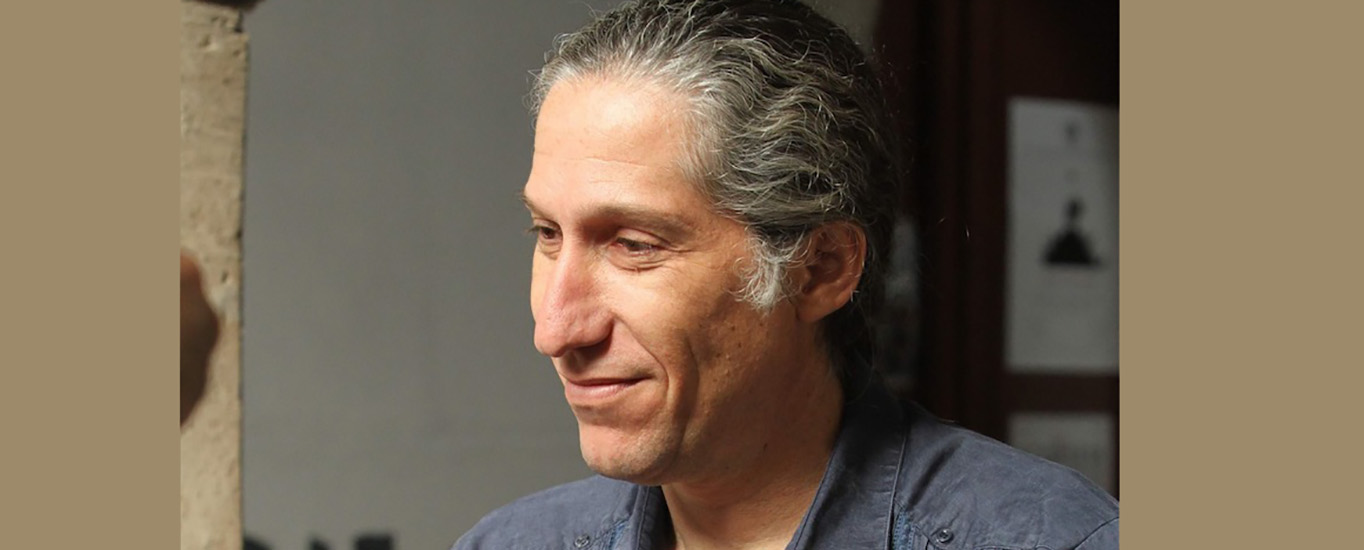Wednesday, April 11
Coproduction: “Almost like a marriage…”
Yesterday at Meetings on the Bridge coproduction processes were discussed in detail. The participants, producer Funda Ödemiş, Selin Vatansever and Serkan Çakarer shared examples from the coproduction projects that they’ve almost finished; and screenwriter and producer Emine Yıldırım moderated the talk.
Selin Vatansever said that they’re trying to finish Ali Vatansever’s first feature film, Pure, and added that filmmakers get the chance to meet co-producers at film development platforms, and that they’re still working with the Romanian producers that they had met at Meetings on the Bridge in 2016: “It took a longer time to come to an agreement with our German producer; we had to pursue him. What’s important is that we have a producer we can get on with.”
“Co-productions are almost like a marriage with children,” said Serkan Çakarer and added that they’ve been working on the project Seen for four years now: “Sometimes a co-production can be necessary but your producer should care about making the film as much as you do. This co-production model should be working for everyone. For example, a co-production project won’t work with a director who is not open to comments or won’t make any changes in the script either.”
Funda Ödemiş said that the funding should be done in Turkey first: “We waited for two years for the film Brothers to be funded in Turkey. You have to be very patient. Then it was fairly easy to find our German producers but your co-producers should be as excited as you are. You have to create very well the balance between the creative crew.”
The participants shared that it is hard to maintain their lives as producers in Turkey, but that it is possible to survive by creating good works and that they don’t do their jobs just to make money.
Narration in VR
One of the Meetings on the Bridge events of yesterday, “VR Experience: Thinking in a Different Format” took place with the participation of director and producer Carlos Hagerman, Timelooper’s Production Manager İlker Çevikkaya, and Müge Özen from Solis Film. Hagerman said that VR experience is different than watching a film: “With VR, you’re there; you’re part of that universe.” He also explained that the fictional narration in VR can be divided into three parts: “The first is the invisible person. You put the audience in such a place that everything happens around him. Another form of narration is that you put the audience in a specific place where everyone can see him. In this narrative form, you are not invisible but part of the narration. And the third is the dreamlike narration. It looks like half dream, half real; and you don’t understand very well the rules of the world you’re experiencing.”
The session continued with the participants watching two VR films that Carlos Hagerman made. Then they shared their experiences, and discussed the subjective and non-subjective parts of the narration. Hagerman also highlighted the importance of the sound and the sound design in creating the imagined universe: “In VR, you create the space with sound as well. That’s why it’s important to watch these films with a good sound system. Then the participants carried out a VR film shooting trial supervised by Müge Özen, İlker Çevikkaya and Carlos Hagerman. They discussed where the camera should be placed, how to create a scene and how to shoot it. The participants had the opportunity to edit and watch this trial shoot while talking about the VR format.









